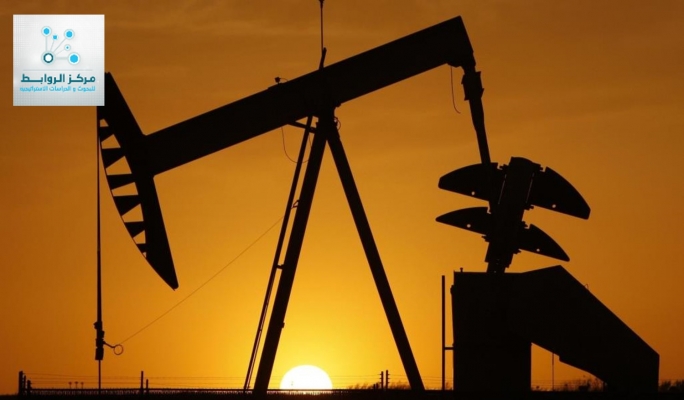Shatha Khalil *
Oil markets are witnessing a storm of price volatility, oil price instability as a result of supply and demand, coupled with rising US pressure to lower prices, while the Organization of the Petroleum Exporting Countries (OPEC) and its partners are discussing cutting supply to keep prices from falling again.
Adding to the chaos of expectations is the weakness of the ability to determine the implications of US oil sanctions on Iran on the supply, especially with Washington granting eight temporary exemptions from sanctions. As US Secretary of State Mike Pompeo said, the United States granted eight sanctions exemptions from oil sanctions on Iran to be allowed to purchase crude oil from Iran namely China , India Greece , Italy, Taiwan, Japan, Turkey and South Korea, which are major customers of Iran , OPEC member .
As prices rose on November 14, after a significant drop of more than (7%) on the thirteenth of this month, the price of a barrel in the transactions of the futures contract for Brent crude (65) cents, recording at the settlement (66.12) dollars, US light crude futures rose 56 cents recording $ 56.25.
The price of Brent crude has fallen 17.5 percent since mid-October on fears of oversupply and slowing demand to lose more than 25 percent of its value, one of the biggest declines since the oil price collapse in 2014 as the prices reached the highest rates in the 4 years in the month of October, rising above $ 86.
In turn, the Secretary-General of the “OPEC” Mohammed Barkindo justified saying , these fluctuations as a result of concern ahead of the next meeting of the members of the organization on December 6, while informed sources said that OPEC and its partners discuss a proposal to reduce oil production up to (1.4) million barrels (2019) in order to avoid oversupply that may reduce prices, only months after it is increase .
It is expected that the OPEC to meet on December 6 to reflect the production policy for 2019. The sources stressed that the reduction of supply was one of the options discussed by the ministers of energy of Saudi Arabia and Russia, a non- member of OPEC and other countries during the last meeting in Abu Dhabi.
One source explained his belief that a reduction of 1.4 million barrels per day would be reasonable, while it would be necessary to involve Iran and Russia in the new plan, as Iran does not want its production to be aimed under a new agreement, due to the decline of its exports due to US sanctions.
In June, OPEC agreed with Russia and other non-OPEC producers to boost supplies after US President Donald Trump pushed for price cuts by the decline in the reduction of production that began in January 2017.
For its part, Russia has insisted on taking long-term oil prices into account when making any decision on the part of the producing countries. There is no justification for taking exceptional measures to curb the decline in prices. The average price of oil reached about $ 70 per barrel this year, It is inappropriate for market players to respond to any exceptional volatility.
The US national security adviser, John Bolton, said that Washington intends to strengthen sanctions on Iran, and “we intend to be very strong.”
The International Energy Agency (IEA) has confirmed that global oil supplies will exceed demand for two thousand and nineteen, while a “relentless” rise in production will overshadow consumption growth, which faces a risk of slowing the economy.
The Agency expected that Global demand growth for 2018-2019 is unchanged from last month at 1.3 million barrels per day and 1.4 million bpd respectively, but it has lowered its forecasts for the growth of the demand of non-OECD countries, the main engine for increasing global oil consumption.
“While the slowdown in economic growth in some countries reduces the forecast the demand for oil, a major downward revision of our price assessment is supportive,” the agency said.
The agency has raised its forecast for non-OPEC oil production growth to 2.4 million bpd this year and 1.9 million bpd next year.
The agency lowered its forecast for demand for OPEC oil by 300 thousand barrels per day to 31.3 million barrels per day in 2019.
Oil Shale ” threatens oil prices:
The US Energy Information Administration (EIA) predicted that “oil shale “threatens oil prices. US production from seven major oil shale basins will be at a record high of 7.94 million barrels per day in December, and according to the reading of International Energy Agency to the markets of energy till the year 2040 that the oil shale will return to dump the market again over the next decade , and the Agency see that the production of shale ores in the United States will double from current levels to 9.2 million bpd by 2025 and will increase the production of American oil ” traditional and shale , ” “the proportion (75%) of the total increase in world oil production .
Translated by : mudhaffar al-kusairi
Economic Studies Unit
Rawabet Center for Research and Strategic Studies

